|
Occasionally, I take stock of my “wine cellar” and open a bottle or two that has been collecting dust. While perusing the various labels this morning, I stumbled upon a box of three wines hidden so well I had genuinely forgotten about it. It was an exciting find, which inspired me to open one of the bottles and pair it with the evening’s dinner. The wines were a gift from Giovanna Neri, owner of Col Di Lamo in Tuscany, specifically Montalcino! Montalcino is located amongst the rolling hills of Tuscany, home to one of Italy’s most renowned wines, Brunello Di Montalcino. Montalcino is a small wine region comprised of 60,000 acres of olive groves, forests, and farmland, of which 3,500 acres are devoted to wine vineyards. Made exclusively from the Sangiovese grape, (named ‘Brunello’ in Montalcino), Brunello Di Montalcino was awarded the first-ever DOCG designation (Denomination of Controlled and Guaranteed Origin) in 1980, the highest designation given under Italian wine law. Brunello di Montalcino is one of Italy’s most famous and distinguished wines. The skin of the Sangiovese grape is thick and tends to deliver fruit-forward wine with bright acidity and high tannins. The climate in Montalcino is warm and dry, typical Mediterranean weather. Vineyards are planted up to 500 meters in elevation, with north-facing slopes experiencing a cooler microclimate and more winds. In contrast, the southern and western-facing slopes are exposed to extreme sunlight and maritime breezes. The vines are planted in various soils such as limestone, clay, schist, volcanic soil, and galestro, which is schistous clay soil commonly found in most of Tuscany’s best vineyards. All these elements can contribute to the difference in quality, complexity, and character of the wine. Regulations require that Brunello di Montalcino age for a minimum of two years in oak wooden barrels and at least four months in bottle before release. The Riserva wine must age at least six months in bottle and is released a year later onto the market. And the wine can only be bottled in the location where it is produced. These wines have an aging potential of 30 years if stored properly and acquire more complexity the longer it ages. Col Di Lamo Col Di Lamo is an exclusive, all-female organic winery owned by winemaker Giovanna Neri and her daughter, Diletta. The winery was founded in 1994 after her daughter was born. The estate covers an area of approximately 80 hectares. Giovanna inherited her passion for wine and winemaking skills from her father, who passed away in 1991. Giovanna considers her wines “her creations” (children) and continually spreads her love and respect for the land and her products. It is a small production winery of quality and refinement. Here is an excerpt from my interview with Giovanna a few years ago. What inspired and motivated you to make this an all-female winery? Giovanna: For me, it was a natural process. My company is my creation, which I wanted for myself and for which I fought a lot in a world that was still very male-chauvinist, especially the wine industry. Compared to others, I had to prove triple to make it clear that a woman, completely alone and starting from scratch, could create wines of the highest quality. When I tell my story, I always say that I consider my company another daughter of mine. I gave it a name; I dedicated all the commitment, love, and dedication I have to it, as with my daughter Diletta. Where did you do your training to become a winemaker? Giovanna: I graduated with honors in law and embarked on a career as a lawyer. I felt, however, that this work, although gratifying, was not my way. So, at the age of 40, I decided to drastically change my life and have a part of the family business (it’s not so obvious if you are a woman). So, without any particular skills and the help of anyone, I threw myself body and soul into this fantastic adventure. There have been challenging times. The beginnings were really hard; I only had men around me, and no one believed I could do it. Luckily, they are the same men who now hold me in esteem. What is Diletta’s role in the company? Giovanna: Diletta helps me in communication. I believe a young vision is essential in a world that runs more and more on the Internet, especially social networks. Tell me about some of your challenges with winemaking and the industry. Giovanna: I strongly believe in wine and organic products in general. I was among the first to choose this type of cultivation in Montalcino, not without criticism. But I am convinced that it is the future. I feel like a guest in this land, and I have chosen to do this job precisely because I love the planet and want to respect and enhance it as much as possible, even for future generations. Although all three wines are highly rated, I chose to open the Brunello di Montalcino DOCG 2016 This wine is hand-harvested and fermented with native yeasts. It is aged 24 months in oak barrels and six months in steel tanks. Nose: Berries, floral, cherry, earth, tobacco, herbs, fig and baking spice. Palate: Rich, savory, and balanced with blackberry, dark plum, cloves, cinnamon, nice acidity, and a long finish of savory and sweet dark berries. Simply elegant! Alcohol: 14% SRP: $68 Pairing suggestions: Aged cheese, roasted meat and game, hearty soups, stews, mushroom risotto, and seared tuna. I paired this wine with a thick, hearty, nutritious Lentil Tomato Soup filled with carrots, celery, onion, and an assortment of herbs. If you would like the recipe for the soup, please email me. Contact information is below. Until next time,
Cheers! Penina To leave a comment or if you have an inquiry, please contact me at [email protected] It’s hard to believe that summer is almost over, and autumn is just around the corner. I’m looking forward to cooler weather, embracing fall foliage, and changing the menu to include hearty soups and stews. And I love pouring a decadent red wine to pair with autumn! So, let’s explore a few Tuscan wines from the San Felice Estate. The historic estate of San Felice is situated in Chianti Classico in the commune of Castelnuovo Berardenga, with vineyards throughout Tuscany’s three most prestigious wine-making areas. They have 150 hectares in Chianti Classico, 23 hectares in the municipality of Montalcino, and 15 hectares in Bolgheri. 80% of their vineyards are devoted to Sangiovese, which is at the heart of their production. Here is a selection of three eclectic wines from their Chianti Classico Estate. Pugnitello Toscana IGT 2020 Pugnitello is an ancient and indigenous Tuscan grape variety. Its name in Italian is “little fist,” which refers to the shape of its cluster. San Felice has collaborated with the universities of Florence and Pisa in their experimental vineyards for the past 20 years, focusing on saving this grape from extinction. This wine is 100% Pugnitello. It is aged 18-20 months in French oak barriques and another eight months in the bottle. Nose: Dark fruit, perfume, baking spice, and toasted oak. Palate: Aromas segue onto the palate with blackberry, plum, and vanilla. It is rich and smooth. Alcohol: 13.5% SRP: $57.99 Pairing suggestions: Hearty red-sauce pasta, roasted fowl, lamb, stews, mushroom risotto, and aged cheese. Vigorello Toscana IGT 2019 This wine was first produced in 1968 and became part of what is known as the Super Tuscans. This term is applied to a style of high-quality Tuscan red wines that might include a blend of indigenous and non-indigenous grapes. This wine is a blend of 35% Pugnitello, 30% Merlot, 30% Cabernet Sauvignon, and 5% Petit Verdot. It is aged in French oak barriques for 24 months and then eight months in the bottle. Nose: Red jam, forest floor, baking spice, and roasted coffee beans. Palate: Rich and beautifully structured with dark cherry, dark berry, earthy, hint of herbs, and vanilla lingering on a long finish. Alcohol: 13.5% SRP: $57.99 Pairing suggestions: Aged cheese, grilled or roasted meat, game, vegetable stew, Porcini risotto, or seared tuna. Poggio Rosso Chianti Classico Gran Selezione DOCG 2017 To quote San Felice, “Poggio Rosso is the fruit of a rigorous selection of Sangiovese grape variety from selected parcels of the same single vineyard, and today it represents the pinnacle of San Felice’s terroir. A wine of immense depth and superb elegance, produced in limited quantity and exclusively in outstanding vintages.” This wine is 100% Sangiovese and aged 20 months in French oak barrels and then 15 months in the bottle. Nose: Intoxicating floral notes, red cherry, berries, plum, and baking spice. Palate: Earthy, with smooth tannins, plum, red berries, a trace of herbs, and a hint of fennel. Vanilla and dark chocolate linger on a long and delicious spicy finish. Alcohol: 13.5% SRP: $65.99 Pairing suggestions: Aged cheese, roasted or grilled meat, game, stews, or hearty pasta dishes. Wine from the Bolgheri Estate Bell’Aja Bolgheri DOC Superiore 2020 The Bolgheri DOC runs parallel to the Tuscan coast, bordering the Ligurian Sea. Bell’Aja Vineyard is located in a natural amphitheater overlooking the sea and benefits from abundant sunshine and cooling sea breezes. Grapes for this wine are sourced from Le Sondraie, the oldest Merlot parcel of this vineyard. The wine is 95% Merlot and 5% Cabernet Sauvignon. It is aged 18 months in French oak barrels. Nose: Jammy fruit, cherry, licorice, cocoa, roasted coffee beans, and spice. Palate: Juicy dark berries, plum, spice, toast, and silky tannins balanced with acidity. A beautiful wine with a long and satisfying finish. Alcohol: 15.5% SRP: $68.99 Pairing suggestions: Pasta, roasted game, glazed duck, aged cheese, and stew. Wine from the Campogiovanni Estate Campogiovanni Brunello di Montalcino DOCG 2018 The grapes for this 100% Sangiovese wine are sourced from the Campogiovanni vineyards situated on the south quadrant of the Montalcino hill and considered an excellent area for the production of Brunello. San Felice has 23 hectares here, of which 14 hectares are Brunello vineyards. This wine is aged 36 months in French oak barrels and Slavonian oak, followed by twelve months in the bottle. It is one of the San Felice Estate’s flagship wines. Nose: Ripe red berries, dark jam, earthy, balsamic notes, baking spice, and a hint of leather.
Palate: Aromas segue onto the palate with plum, pepper, and a touch of herbs. It is beautifully structured and rich, with a long and elegant finish that begs for another sip. Alcohol: 14% SRP: $66 Pairing suggestions: Wild game, grilled meat and fowl, aged cheese, pasta, vegetable stew, and truffle risotto. All of these wines have aging potential and will surely please the palate! If you missed my “It’s Wine & Dine Time!” article featuring a San Felice wine and a recipe prepared by Borgo San Felice Executive Chef Juan Quintero, click on this link. http://thewineknitter.com/the-journal/its-wine-dine-time Until next time… Cheers! Penina To leave a comment or if you have an inquiry, please contact me at [email protected] Whether at the beach, poolside, or inside with the air conditioner blasting during the sweltering and relentless heat of August, I have a few wines to entertain your palate and cool you off a bit. However, I must stress how important it is to stay hydrated with WATER during these hot days, especially if you are consuming alcohol. It’s all about balance! Masciarelli Rosato IGT Colline Teatine 2022 Masciarelli Tenute Agricole is a family-owned winery founded in 1981. They have 350 hectares of vineyards located in all four provinces of Abruzzo, Italy, and are committed to sustainability in the vineyards and the winery. Masciarelli has 22 labels and seven product lines. This rosé is part of their Classic line (Line Classica). It is made with 100% Montepulciano grapes, and fermentation occurs in stainless steel tanks. Nose: Floral and fruity. Palate: Delicate notes of fresh red berries, cherry, and nicely balanced. Alcohol: 13% SRP: $14 Pairing suggestions: Enjoy as an aperitif or serve with appetizers, light pasta, salads, pizza, and seafood. Carpineto Dogajolo Toscano Bianco IGT 2022 Carpineto, a Tuscan winery founded in 1967, is the producer of Carpineto and Dogajolo wines. This year marks a 30-year milestone for the production of Dogajolo Super Tuscans, specifically Toscano Rosso, launched in 1993. In 2009, Toscano Bianco was added to the Dogajolo line, followed by Toscano Rosato in 2011. They have 1,200 acres of sustainably farmed land spread amongst five carbon-neutral estates in the appellations of Brunello di Montalcino, Chianti Classico, Vino Nobile di Montepulciano, Maremma, and Alto Valdarno. The grapes for this wine are a blend of 40% Chardonnay, 30% Sauvignon Blanc, and 30% Grechetto. It is produced from estate-grown fruit from the Montepulciano estate, with each varietal vinified separately in stainless steel tanks. Nose: Lovely white floral, citrus, notes of tropical fruit. Palate: Pear, sweet apple, lively acidity, honeysuckle, and green melon. Alcohol: 13% SRP: $14.99 Pairing suggestions: Perfect for an aperitif or with salads, pasta, seafood, grilled white meat, or Asian cuisine. Emmolo Sauvignon Banc 2022 Jenny Wagner is the owner and winemaker of Emmolo, located in Napa Valley, CA. Emmolo is named for her maternal grandmother, who came to Napa from Sicily in 1923 and founded a rootstock nursery, supplying many local growers. On her paternal side, roots can be traced back to 1857 when her great, great, great grandfather made his way to Napa, kicking off a long history of farming and winemaking. And Jenny’s father, Chuck Wagner, and his parents founded Caymus Vineyards! This wine is 100% Sauvignon Blanc sourced from Napa and Solano counties. Nose: Citrus, melon, and white flowers Palate: Crisp, clean, and refreshing wine that is minerality-driven with white stone fruit, grapefruit, and green apple. Alcohol: 12.8% SRP: $22 Pairing suggestions: A great aperitif sipper or serve with grilled fish, seafood, salads, mushroom risotto, or sushi. Mer Soleil Chardonnay Santa Lucia Highlands 2021 Established in 1988, Mer Soleil is a California wine estate in the Santa Lucia Highlands AVA in Monterey County. It was founded by the Wagner family, owner of Caymus Vineyards. This wine is 100% Chardonnay sourced from hillside vineyards in the Santa Lucia Highlands. The intense sunlight ripens the grapes, and the cooling breezes from Monterey Bay lead to a longer growing season, both contributing complexity to the wines. This wine is fermented and aged in new and used French oak barrels for approximately 11 months. Nose: Honeysuckle, citrus, stone fruit, and toast. Palate: Fresh notes of lemon/lime, green apple, pear, and vibrant acidity. Creamy mouthfeel with a long citrusy finish. Alcohol: 14.5% SRP: $24 Pairing suggestions: Enjoy as an aperitif or serve with baked cod, creamy pasta, grilled white meat, or salads. Ettore Pure Chardonnay 2019 Ettore Winery is a certified organic winery in Mendocino, CA. Ettore Biraghi, founder and noted European winemaker, realized a dream of producing world-class fine wines in the Sanel Valley. He released his first organic and terroir-driven range of Chardonnay and Merlot wines from Mendocino. This wine is 100% Chardonnay organic grapes, estate grown in their Sanel Valley Vineyards in Hopland, the southernmost town in Mendocino County. The wine is aged in stainless steel tanks. Nose: White flowers, tropical fruit, white stone fruit, and citrus. Palate: Aromas segue onto the palate with grapefruit and honeydew. It is unoaked, but there is a trace of butteriness…a complex and delicious wine. Alcohol: 13.5% SRP: $28 Pairing suggestions: Enjoy as an aperitif or with salads, seafood, grilled fish, chicken, mushroom risotto, or crab cakes. Stay cool and enjoy these wines, chilled, of course! Until next time…
Cheers! Penina To leave a comment or if you have an inquiry, please contact me at [email protected] New vintages of Gaia reds have arrived! And, yes, I’m giving another shout-out to these consistently tasty wines from Domaine Bousquet’s Gaia collection! Domaine Bousquet is a family-owned winery and Argentina’s largest producer and exporter of organically grown wines. It is located in the Gualtallary Valley, high up in the Tupungato district of the Uco Valley, where altitudes can reach up to 5,249 ft. The winery was founded in 1997 by winemaker Jean Bousquet, originally from Carcassonne in Southwest France, where his family expanded four generations of winemaking. Please select from the menu at right for a more in-depth look at Domaine Bousquet. The label for these wines is a striking portrayal of Gaia, who in Greek mythology is the mother goddess presiding over the earth. It is a fitting name for wines produced from all organic grapes! Gaia Organic Cabernet Franc 2020 This vintage is 100% Cabernet Franc. Grapes are hand-harvested from vineyards at 4000 ft. altitude. The wine is aged in French oak for ten months. Nose: Dark berries, floral, and baking spice. Palate: Juicy notes of blackberry, plum, pomegranate, spice, and minerality. It is fresh and lively! Alcohol: 14.5% SRP: $20 Gaia Organic Cabernet Sauvignon 2019 Grapes for this 100% Cabernet Sauvignon are hand-harvested from vineyards at 4000 ft. altitude. This wine is aged in French oak between eight and ten months. Nose: Intense aromas of dark berries, dark cherry, baking spice, and a touch of minerality set the stage for this expressive wine: Palate: Aromas segue onto the palate with plum, vanilla, and a hint of chocolate. Smooth tannins and a lengthy finish beg for another sip. Alcohol: 15% SRP: $20 Gaia Organic Malbec 2019 This wine is 100% Malbec. Grapes are hand-harvested from vineyards located by the foothills of the Andes at 4000 ft. altitude. The wine is aged in French oak between eight and ten months. Nose: Floral, dark berries, baking spice, and hints of plum. Palate: Aromas segue onto the palate with a touch of dark cherry, earthiness, firm tannins, and a lengthy finish. Alcohol: 14.5% SRP: $20 Gaia Organic Red Blend 2020 This red blend is the first wine that launched the Gaia collection. The blend is 50% Malbec, 45% Syrah and 5% Cabernet Sauvignon. The best grapes are used for this wine and are harvested manually from Domaine Bousquet’s organically farmed vineyards. Wine aging takes place in French oak barrels for ten months. Nose: Aromas of violet, dark berries, and spice are inviting and heady.
Palate: Dark cherry and plum, blackberry, and spice entertain the palate with a hint of vanilla lingering on a long finish. It is juicy, fruity, smooth, and complex. Alcohol: 14.5% SRP: $20 Pairing suggestions for these wines: Grilled meat, BBQ, roasted chicken, hearty stews, cheese, pasta, seared tuna, and chocolate desserts! Gaia wines are a great value and never disappoint the palate! Until next time… Cheers! Penina To leave a comment or if you have an inquiry, please contact me at [email protected] Fourth of July has come and gone, and the fireworks and sparklers have been put away. However, the sparkles, as in sparkling wine, continue at my house with corks popping and bubbles flowing! I never need an occasion to pour sparkling wine, and as I’m sure you all know by now, I love celebrating “just because” moments. Don’t you? I have a wonderful lineup of delicious Italian sparkling wines, specifically Prosecco, that will tickle your palate and won’t put a dent in your bank account. Before we get to the reviews, let’s take a quick trip to Italy. Prosecco is a sparkling wine produced in the Veneto region of the northeastern part of Italy and is made primarily with Glera, a white grape variety. Here is a brief overview of the production area. Sparkling wines labeled Prosecco DOC (Denominazione d’Origins Controllata) come from nine provinces between Veneto and Friuli-Venezia Giulia. What is considered to be the best quality Prosecco comes from the Treviso province, especially the area between Valdobbiadene and Conegliano, a hilly area that is the home of Prosecco Conegliano Valdobbiadene Superiore DOCG (Denominazione d’Origins Controllata e Garantita) There are three communes in the Prosecco DOCG: Conegliano, Valdobbiadene, and Asolo, located about 26 miles north of the Treviso airport. Asolo, a smaller town known as the “City of 100 Horizons” because of its spectacular panoramic views, is also included in the Prosecco DOCG and called Asolo Prosecco Superiore DOCG. Conegliano Valdobbiadene and Asolo have ancient origins of vine growing dating back to the Roman Empire, but the first written documentation connecting Prosecco to this area is from 1772. The DOC was established here in 1969, and the historic production of Prosecco has been limited to 15 communes. In 2009, Conegliano Valdobbiadene Prosecco DOCG and Asolo Prosecco DOCG certification was issued. As of January 1, 2021, the Denomination di Origins Controllata consortium gave its final stamp of approval for making Prosecco Rosé, setting these wines apart from other pink sparkling wines made in Italy. The grapes for Prosecco Rosé must be sourced from a specific geographic area that has passed the Italian Government’s quality requirements. In addition, only Glera grapes (85 -90%) and Pinot Noir (10-15 %) are allowed. The DOC guidelines also require Prosecco Rosé to be fermented in stainless steel tanks for at least 60 days. Also, they must be vintage-dated and labeled Prosecco DOC. These sparkling wines range in style from very dry to slightly sweet. This area is rich in history, culture, and beauty, and the breathtaking countryside is filled with hills and rolling slopes rising up from the Piave River. From early origins, a glacier slid down from the Dolomites and came to rest in a valley that eventually became the riverbed of the Piave. The river begins in the Alps and flows into the Adriatic Sea. The local soil is attributed to this glacier and can vary depending on the slope of the hill. Some areas contain rock, sand, clay, and iron oxides. In areas unaffected by the glacier, the soils consist of marl and sandstone and are less deep and more porous. Because Conegliano Valdobbiadene and Asolo are situated between the sea and Prealps, the area experiences a mild climate with constant breezes. Vineyards have excellent sun exposure and benefit from the altitude and broad differences between day and night temperatures. The slopes, micro-climate, sun exposure, and various soils make this an ideal setting for growing Glera grapes for the production of Prosecco Superiore DOCG. Unlike the traditional method used to produce sparkling wines such as Champagne, Cava, and Franciacorta, which goes through its second fermentation in the bottle, most Prosecco is made using the Charmat-Martinotti method, where the second fermentation takes place in stainless steel tanks. Due to the Glera grape’s moderately high acidity and typical characteristics of white flowers, peach, melon, apple, and pear, it is the perfect grape for sparkling wine. So, let’s taste a few wines! Bele Casel Asolo Prosecco Superiore DOCG Vecchie Uve Extra Brut 2019 Bele Casel estate is located in the heart of Asolo, with 12 hectares of hillside vineyards in Cornuda, Maser, and Monfumo. Glera and other local varieties for this wine are sourced from Monfumo vineyards, with an average vine age of 50 years old. Secondary fermentation takes place in pressure tanks for 18 months on the lees. Nose: Delicate, fruity aromas, floral, pear, sweet apple, and herbs. Palate: Creamy and persistent bubbles lead to a fresh and vibrant wine. Aromas segue onto the palate, with pear and apple lingering for an elegant finale. This wine can be aged in the bottle for six to eight years. Alcohol: 11% SRP: $24 Giusti Asolo Prosecco Superiore DOCG Brut NV From the first vineyard, owner Ermenegildo Giusti, planted in 2002, Società Agricola Giusti-Dal Col srl has grown to 75 hectares. The estate lies in the Montello and Pieve hills in eastern Veneto, between Treviso, Venice, and Asolo. This sparkling wine is 100% Glera harvested from vineyards in the hilly area of Montello and the Asolo hills. Secondary fermentation takes place in pressure tanks. Nose: A lovely floral bouquet with tart apple and lemon. Palate: Creamy and persistent bubbles with brisk acidity, pear, apple, peach, lemon zest, and minerality. Alcohol: 11.5% SRP: $14 Montelliana “57” Asolo Prosecco Superiore DOCG Extra Dry This wine is named for the year the winery was founded, in 1957. Cantina Montelliana is located in the heart of the Marca Trevigiana, at the foot of Colli Asolani and Montello district. It is a cooperative of 400 associated vine growers that produce Prosecco DOC and DOCG. This 100% Glera sparkling wine is made using the Charmat method. Nose: Fruity bouquet with floral, apples, melon, and peach. Palate: Creamy perlage with apples, pear, white peach, white flowers, minerality, and vibrant acidity. Alcohol: 11% SRP: $ $14 Villa Sandi Villa Sandi is located in the heart of the Treviso Province at the foot of Valdobbiadene Prosecco DOCG hills. The estate boasts an extensive network of underground cellars dating back to 1622. Villa Sandi is owned by the Moretti Polegato family, purchased in 1970, and is a family-run business. They have five estates in the DOC and DOCG areas between the regions of Veneto and Friuli Venezia Giulia. Villa Sandi Il Fresco Prosecco DOC Rosé Millesimato 2021 This wine is a blend of 85% Glera and 15% Pinot Noir. Grapes are sourced from vineyards in the Veneto and Friuli Venezia Giulia regions. The wine is made using the Charmat method. Nose: Rose petals, raspberry, a hint of citrus, and pear. Palate: Fresh strawberries and cream come to mind with this delectable rosé. Creamy bubbles, red berries, floral notes, and bright acidity. Very refreshing! Alcohol: 11% SRP: $22 Villa Sandi Valdobbiadene Prosecco Superiore DOCG Extra Dry NV The grapes for this wine are sourced from the hilly countryside of Conegliano-Valdobbiadene DOCG, in the Valdobbiadene DOCG appellation. It is a blend of 85% Glera and 15% Chardonnay. Nose: Beautiful floral notes with hints of honeysuckle, white stone fruit, and apple. Palate: Aromas segue onto the palate with creamy bubbles and lively acidity. Alcohol: 11% SRP: $25 Villa Sandi Il Fresco Prosecco Biologico Organic Brut DOC NV This sparkling wine is Certified Organic by Valoritalia (a company for the certification of quality and Italian wine production S.r.l.), which means no synthetic chemicals are used in the wine growing process. It is 100% Glera and is produced using the Charmat method. Nose: Floral with a touch of edelweiss. It is fruity, with white stone fruit and melon. Palate: Fine and persistent bubbles, dry, sweet apple, white peach, and honeydew. Fresh and lively! Alcohol: 11% SRP: $22 LaMarca LaMarca was established in 1968 and is a wine-producing company representing the products of nine cooperative wineries and fourteen processing plants in the heart of the province of Treviso, specifically, LaMarca Trevigiana. LaMarca Prosecco DOC NV This wine is 100% Glera, sourced from hundreds of small villages throughout the Prosecco DOC region. It is produced using the Charmat method. Nose: Floral notes, citrus, white stone fruit, and honey. Palate: This a fresh and lovely wine with crisp notes of green apple, citrus, grapefruit, minerality, and a touch of lemon zest on the finish. Alcohol: 11% SRP: $19 LaMarca Prosecco Rosé DOC 2021 Glera and Pinot Noir (10-15%) are sourced from vineyards throughout Treviso’s hillside along the Piave River. An extended secondary fermentation for at least 60 days takes place in stainless steel tanks. Nose: Floral, red berries, white stone fruit, and a hint of herbs. Palate: Fresh and crisp, with raspberry, strawberry, cherry, citrus, white peach, minerality, and lively bubbles. Alcohol: 11% SRP: $19 Enjoy these sparkling wines as an aperitif or pair with just about anything from salty to sweet, appetizers, main courses, and desserts! Here are a few food pairing suggestions: creamy, mild, or savory cheese, apple and goat cheese salad, seafood, shellfish, charcuterie board, pizza, spicy Asian cuisine, pasta, grilled white meat dishes, roasted veggies, delicate pastries, and salted popcorn! I look forward to returning to this region soon to soak up more beauty, culture, and sparkling wine! In the meantime, I’ll pour a glass of Prosecco and let it transport me back to this magical region with every sip I take. Pure bliss! Until next time…
Cheers! Penina To leave a comment or if you have an inquiry, please contact me at [email protected] Bastille Day is celebrated in France every year on July 14th and in many French-speaking regions worldwide, including the USA. The French also refer to this day as “Le Quatorze Juillet” (the 14th of July) or “La Fête Nationale” (The National Day.) On July 14th, 1789. a group of revolutionaries stormed the Bastille prison in Paris marking the start of the French Revolution. The Bastille was a symbol of the tyrannical rule of the Bourbon monarchy. Without going into a detailed history lesson, suffice it to say King Louis XVI and his wife Marie Antoinette were overthrown, ending the “Ancien Régime.” The Bastille prison was torn down by the order of France’s new revolutionary government, with the last stone removed in 1790. And we all know the fate of Marie Antoinette. Although it was a violent time, Bastille Day is a celebration in France with parades, fireworks, food, wine, and dancing. And even though I never need a reason to pour a glass of wine, it’s a perfect time to open a bottle and toast Bastille Day! So, I’m celebrating with French rosé and sharing my favorite crab quiche recipe from Julia Child’s “Mastering the Art of French Cooking.” Fleur De Mer Côtes de Provence Rosé 2022 This rosé is from the Côtes de Provence, the largest appellation in Provence, located in southeastern France. The name of this wine means “flower of the sea,” paying homage to the lavender fields that blanket the landscape of Provence and thrive in the warm sun and fresh, crisp seaside air. Winemaker Florian Lacroux selected Cinsault, Grenache, and Carignan to form the core of this blend, supported by other Provençal grapes in a beautifully blended and layered rosé. Nose: Lovely floral aromas with hints of lavender, subtle red berries, white stone fruit, herbs, and minerality. Palate: White peach, raspberry, strawberry, melon, vibrant acidity, minerality, and a touch of salinity, with a dash of citrus zest on the finish. Fresh, lively, and playful! Alcohol: 13% SRP: $22 Pairing suggestions: Enjoy as an aperitif or pair with crab quiche, grilled seafood, veggie salads, or roasted chicken. Crab Quiche Recipe I began making this quiche in the early 1980s, and it always brings a smile and a contented sigh to those who eat it. I always use fresh lump crabmeat for this recipe and allow the quiche to cool slightly before slicing. Please forgive the stained pages, as I tend to occasionally splatter when cooking! I’m sure that Julia would have appreciated how well-worn this book is! Whether you’re celebrating Bastille Day or life in general, enjoy it with a glass of rosé and crab quiche! Your palate will thank me! Joyeux jour de la bastille! Until next time…
Cheers! Penina To leave a comment or if you have an inquiry, please contact me at [email protected] When shopping for wines from Italy, Calabria might not be front and center on your list of regions to explore. However, the wines from this region are worth knowing. A Quick Overview Located in the “toe” of Italy’s boot, this southern Italian region is a stone’s throw away from Sicily, separated by the Strait of Messina. Calabria is surrounded by the Ionian and the Tyrrhenian Seas, making up a beautiful coastline, while inland is comprised of lush forests and mountains. Calabria is no stranger to winemaking, with the ancient Greeks being the first to cultivate grape vines here. Over the centuries, Calabrian wine production waxed and waned in popularity throughout Europe, with the French market eventually edging Calabria out of the picture. The phylloxera epidemic in the 19th century destroyed vineyards, paralyzing wine production, and by the 20th century. competition arose from New World wines. However, Calabria is slowly making a comeback, and the wines produced here are a treat for the palate. Although Calabria has no DOCGs, it has nine DOC titles and ten IGPs, with grape vines occupying approximately five percent of the region’s total wine output. The Mediterranean climate moderates and cools the vineyards with morning and late afternoon breezes, alleviating the intense heat of summer. These samples represent three DOC appellations from different producers. The most well-known DOC appellation is Cirò. Its landscape is flat, close to the sea, and hilly inland. Cirò is famous for its red wine production, specifically the Gaglioppo grape variety, in addition to limited production of Cirò Blanco and Rosato. Ippolito 1845 Cirò Colli del Mancuso Riserva DOC 2019 Ippolito is one of the oldest wineries in Calabria, founded in 1845. The estate is situated on the Ionian coast in the town of Cirò. This wine is 100% Gaglioppe, an ancient and indigenous variety noted for producing soft red wines with berries, cherry, spice flavors, and nice acidity. The grapes for this wine are sourced from a single vineyard in the Mancuso estate. The wine is aged for 12 months in oak barrels. Nose: Cherry, red berries, herbs, and baking spice. Palate: Tart cherry, plum, herbs, vanilla, and soft tannins, with a touch of pepper and red berries lingering on the finish. Alcohol: 14.5% SRP: $25 Pairing suggestions: Ippolito suggests game, roast, and braised meat. Or pair it with mushroom stew, seared tuna, or pizza. Statti Batasarro Lamezia DOC Riserva 2017 The Statti estate is located in Lamezia Terme on the western Calabrian coast. The State family has owned this land since the late 1700s. In addition to wine, they produce olive oil and milk. This wine is 100% Gaglioppe and is aged in oak barrels for 18 months and an additional 12 months in bottle. Nose: Juicy notes of berries, spice, baking spice, cherry, and rose petals. Palate: Raspberry, cherry, vanilla, and a hint of herbs. Tamed tannins and a rich mouthfeel. Alcohol: 13.5% SRP: $15 Pairing suggestions: Lamb, pasta, roasted pork, polenta, or BBQ fare. Magliocco is an ancient red grape variety grown exclusively in Calabria and made in dry and sweet styles. Magliocco Dolce is a sweeter and fruitier profile, whereas Magliocco Canino is known for its robust structure and strong tannins. Terre di Balbia Fervore 2018 IGP 2018 Terre di Balia is located in the medieval village of Altomonte in the province of Cosenza. The company, originally established in 2001, was purchased by brothers Giuseppe and Nicola Chiappetta in 2014. This wine is 100% Magliocco Dolce. The grapes for this wine were sourced from vineyards in Montino land of Altomonte (Cosenza). The wine is aged in French oak barriques, 50% new and 50% used, for about nine months. After bottling, the wine rests in wooden boxes for another 24 months. Nose: Fragrant notes of dark fruit, subtle floral, and spice.
Palate: Succulent dark berries, sweet plum, cherry, dried fruit, a touch of chocolate, and low acidity. Alcohol: 13% SRP: $15 Pairing suggestions: Roasted or grilled red meat, game, pasta, charcuterie, or aged cheese. Calabria is a region to keep an eye on. Add them to your next excursion to the wine store. Your palate will thank me! Until next time… Cheers! Penina To leave a comment or if you have an inquiry, please contact me at [email protected] This morning I woke up in a “pink” mood inspired by a recent sample delivery. The box contained two bottles of rosé, one from California, the other from Languedoc Roussillon, and a variety of tinned fish sourced from Galicia, Spain. Perhaps canned fish has taken a backseat to eating freshly caught fish, but this writer happens to like tinned fish, especially sardines. Although it has been a while, I used to prepare sardine salad made from packed sardines in olive oil or mustard sauce and served it on crackers or toast as an appetizer with white wine. So, this sampling has inspired me to think outside the box again! Let’s talk about the wines. Josh Cellars Rosé 2022 Joseph Carr formed his own wine company in Napa Valley after spending a decade as a world-class sommelier and another decade as a wine industry executive. His dream was to have his own family-owned winery, so in 2005 he began making wines under the label ‘Joseph Carr.’ In 2007 Carr launched Josh Cellars as a tribute to his dad, Josh. Grapes for the Josh Cellar wines are sourced from top California wine-growing regions to create wines with character and complexity. This wine is a rosé blend made with undisclosed grape varieties. Nose: Flowers, red berries, and white stone fruit. Palate: Light and dry with notes of strawberry, citrus, white peach, and crisp acidity. Alcohol: 12.5% SRP: $14.99 Pairing suggestions: Enjoy as an aperitif, or serve with light appetizers, ceviche, fresh fruit, and tinned tuna straight from the tin, mixed in a salad or on crackers. Fleurs de Prairie Rosé 2022 Made by the family-owned Les Grands Chais de France, "Fleurs de Prairie" is named in celebration of the free-spirited wildflowers carpeting their vineyards in the South of France. The grapes for this wine are sourced from vineyards throughout the Languedoc region, some of which have vines that are 50+ years old. The blend for this wine is 43% Grenache Noir, 40% Syrah, 9% Carignan, 5% Cinsault, and 3% Mourvèdre. Nose: Floral, ripe red berries, citrus, and a hint of minerality. Palate: This is a dry, fresh and lively rosé with aromas segueing onto the palate with strawberry and a hint of melon. Crisp acidity and a touch of citrus linger on a long finish making this the perfect sipper at the end of the day. Alcohol: 13% SRP: $20 Pairing suggestions: Drink as an aperitif, or serve with light appetizers, salads, seafood, grilled chicken, and tinned sardines on toast. And now a word about the tinned fish! The Siesta Co. is based in California, but all of its tinned seafood is sourced from fisheries in Galicia, Spain. The fish is wild-caught and sustainably fished, such as using line poles to prevent overfishing. And each tin contains all-natural ingredients packed in organic extra virgin olive oil. White Tuna in Organic Extra Virgin Olive Oil Ingredients: Albacore tuna, organic extra virgin olive oil, sea salt Sustainably line caught through pole fishing to preserve the flavor and texture of the tuna while ensuring the seabed is not damaged. Sardines in Organic Extra Virgin Olive Oil Ingredients: Sardines, organic extra virgin olive oil, sea salt
Sustainably caught off the coast of Galicia, Spain, these wild, all-natural, bone-in scale-free sardines are hand packed individually. Siesta Co. products are available in 3-pack/5-pack and variety packs. There are five fish types to choose from. Pour a glass of rosé and enjoy these fish pairings. Your palate will thank me! Until next time… Cheers! Penina To leave a comment or if you have an inquiry, please contact me at [email protected] If you haven’t tasted Lugana wines yet, you are in for a treat! Lugana is a small DOC located in northern Italy, south of Lake Garda. In addition to being one of Italy’s oldest protected wine-growing areas, it is also one of the few Italian wine regions spread over two provinces, Verona and Brescia. Lake Garda is one of the northernmost Mediterranean climates in Italy despite its location at the foothills of the Alps, and it is Italy’s largest lake. The lake basin was shaped by glaciers from 600,000 years ago, which left behind a significant accumulation of material, the morainic hills, deposited in the large amphitheater of Lake Garda. The lake water is colder than the air in summer and warmer in winter, which significantly impacts the temperature, lessening the hot summers and harsh winters here, and is beneficial to the vineyards. The Consorzio Tutela Lugana DOC said, “The area is characterized by very particular soil, made up predominantly of white clays and limestone, and capable of giving the grapes cultivated here extraordinary elegance and tanginess.” The Consorzio Tutela Lugana DOC was established in 1967 and was the first to be given this status in Lombardy. Their mission is to supervise, defend, and promote, with particular emphasis on protecting and highlighting the qualities of the denomination and its wine. Turbiana is the region’s signature white grape. It is a versatile grape used to make dry, off-dry, sweet, and sparkling wines ranging from light to complex. Because the grape is salty and high in acid, it gives way to wines with delightful freshness, crisp acidity, pleasant salinity, and minerality, with floral notes, white stone fruit, tropical fruit, citrus, and almond. Lugana region produces five distinct styles of wine made from Turbiana, with DOC designation. The styles are Village-level Lugana, Superiore, Riserva, Vendemmia Tardiva (late harvest), and Spumante (sparkling). The DOC stipulates that Turbiana must make up at least 90% of the wine. Here are two Lugana DOC wines that will please your palate. Tenuta Roveglia Limne Lugana DOC 2022
This wine is 100% Turbiana. Grapes are hand-picked from 25 to 35-year-old vines. Fermentation takes place in stainless steel tanks, and the wine then ages four to five months in the tanks. Nose: Floral, citrus, green apples, and almonds Palate: A dry and refreshing wine with citrus, minerality, fresh acidity, and hints of orchard fruit. Alcohol: 13.5% SRP: $15 Pairing suggestions: Aperitif, appetizers, seafood, grilled white meat, salads, or light pasta. Tommasi Le Fornaci Lugana DOC 2022 This is 100% Turbiana. Grapes are obtained from clay soil, giving body and structure, and sandy soil imparting aroma and elegance. The grapes undergo a slow fermentation followed by aging in stainless steel tanks. Nose: Sweet floral notes, orchard fruit, minerality, and citrus. Palate: Floral, tropical fruit, pear, citrus, and minerality. It is fresh and lively with a hint of almond lingering on the finish. Alcohol: 12.5% SRP: $20 Pairing suggestions: Appetizers, cheese, seafood, mushroom risotto, BBQ, or spicy Asian cuisine. Lugana wines are fun to sip year-round. They are easy to pair with most cuisine or enjoy as an aperitif! Until next time… Cheers! Penina This is a sponsored article written for The Consorzio Tutela Lugana DOC for which I received compensation. To leave a comment or if you have an inquiry, please contact me at [email protected] If you’re looking for a fabulous Italian wine and food pairing adventure without traveling to Italy, then check out Destination Lugana in NYC! The Consorzio Tutela Lugana DOC has put together two weeks of celebration, featuring 19 wine producers from northern Italy offering their latest vintages to six restaurants in Manhattan. Destination Lugana begins Monday, June 12th, through Thursday, June 22nd. Please read the press release below to learn more, then click the link to make your reservation. It’s that easy! DESTINATION LUGANA:
Lugana D.O.C wines will flow straight from Lake Garda to the New York restaurant scene for two weeks in June. (June 12-22, 2023) New York, May 31, 2023 – This June, New Yorkers will have the chance to travel through the senses to one of Italy’s most enchanting gems: Lake Garda. Undoubtedly known for its beautiful landscapes and towns, Lake Garda is the site of an underrated secret: Lugana D.O.C, some of the finest white wines in Italy. Lugana is a magical territory encompassing two provinces (Brescia and Verona) and two regions (Lombardy and Veneto), covering almost all of the Lake Garda area. Elegant, fragrant, rich, and savory, Lugana wines come from an indigenous, resilient grape called Turbiana, which maintains high levels of acidity that lend freshness to young wines while also giving Riserva wines an aging potential of over a decade. Destination Lugana is a two-week celebration of this area, during which 19 wine producers will offer their latest vintages to six restaurants and Private Clubs in Manhattan. Each restaurant will curate one reservation-only intimate dinner with specially designed menus to complement these wines’ qualities and main characteristics. In addition, the clubs will offer diverse tasting experiences to their members throughout the two weeks. Made possible by the Consorzio Tutela Lugana D.O.C, which has been monitoring, defending, and promoting Lugana D.O.C. wines since 1990, Destination Lugana is a project that will give New Yorkers the opportunity to familiarize themselves with this little-known territory by going to their favorite spots in the city. The Consorzio Tutela Lugana D.O.C brought producers to the USA in November 2022 for last year’s Destination Lugana. Consorzio President Fabio Zenato remarked, “[the US market] is one of the most important and crucial for the success of our appellation abroad. The Lugana D.O.C region is small but mighty, producing exquisite wines beloved by the local population and vacationers that flock to its breathtaking surroundings.” The annata (vintage) that Destination Lugana will feature these two weeks is the powerhouse of the entire appellation: its production range covers almost 90% of the D.O.C. The vintage has a light straw yellow color with green reflexes, and its aroma is a delicate, subtle mix of floral and almond notes with a harmonious, rich, defined, tight, and luscious taste. Destination Lugana will start on Monday, June 12th, and last until Thursday, June 22nd, 2023. All information on this event series, the participating wineries, restaurants, and clubs can be found here: Destination Lugana or https://www.destinationlugana.com/restaurants-lugana/ Here is a list of the six restaurants – and the dates for their dinners – taking part in Destination Lugana: IL FIORISTA (Monday, June 12, 2023) VICEVERSA (Tuesday, June 13, 2023) GNOCCO (Monday, June 19, 2023) HEARTH (Monday, June 19, 2023) MISIRIZZI (Wednesday, June 21, 2023) OSTERIA CARLINA TRIBECA (Thursday, June 22, 2023) Destination Lugana invites New Yorkers to indulge in the world of Lugana D.O.C wines from the comfort of their own city while waiting for them to discover this territory in person. While Lugana D.O.C has enjoyed an underground reputation for those in the know, the Consorzio is enthusiastic to share these wines with the world, a takeover that is sure to reflect the resilience of the region. |
Categories
All
|

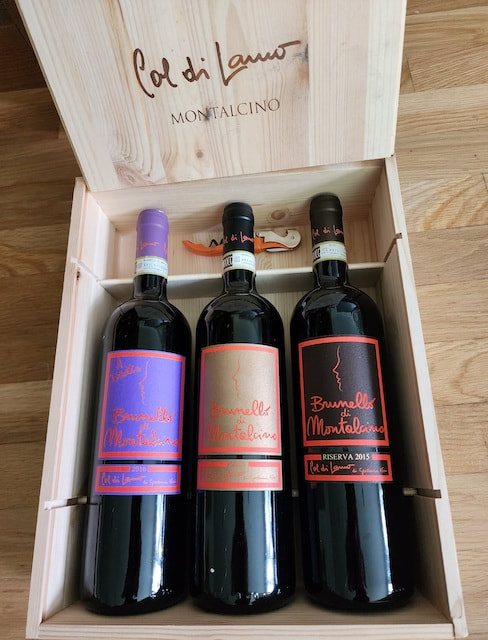
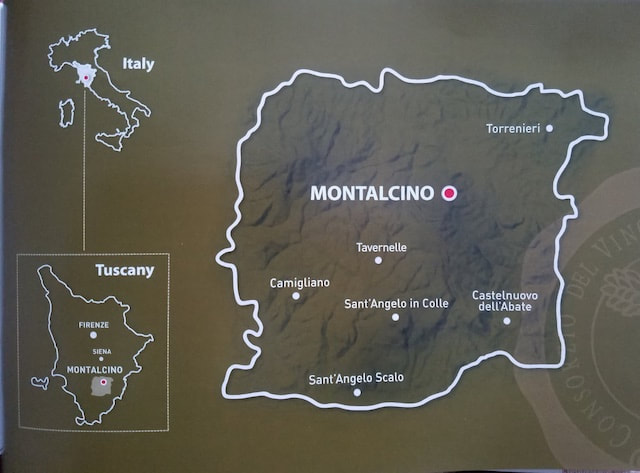
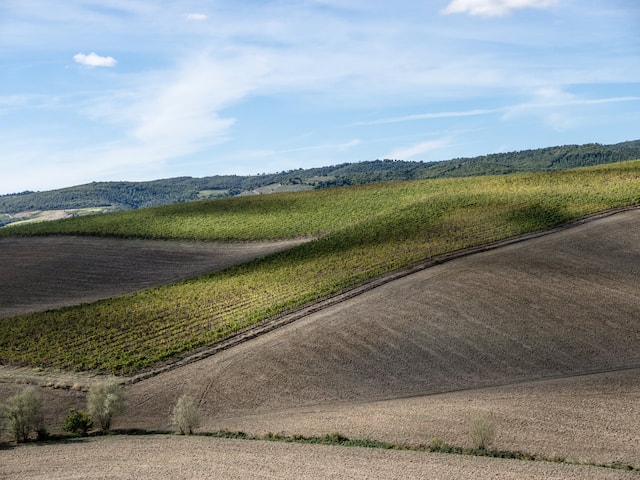

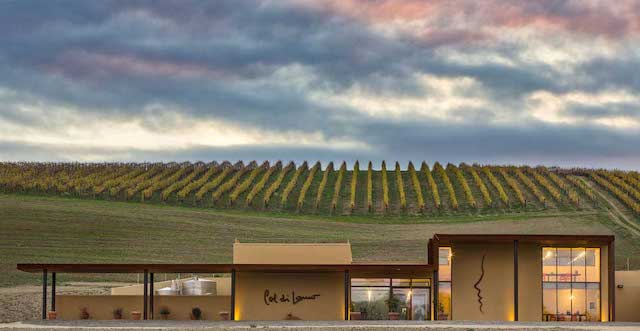
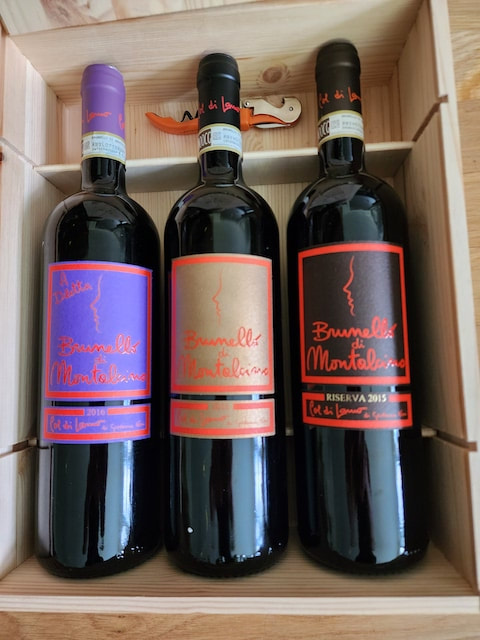
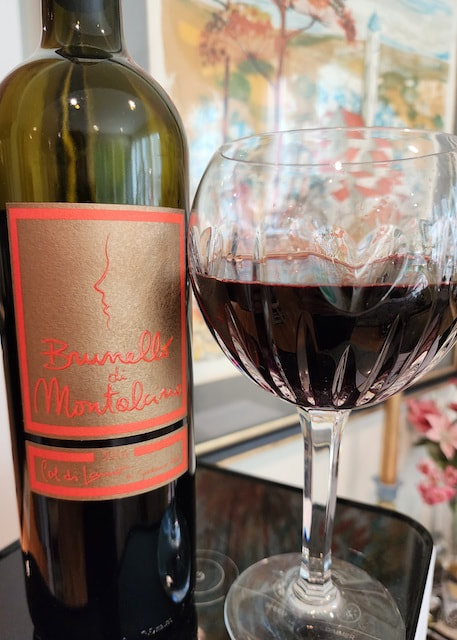
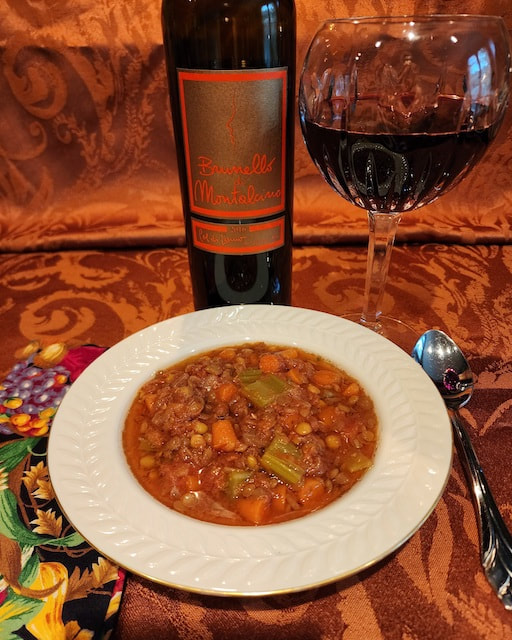
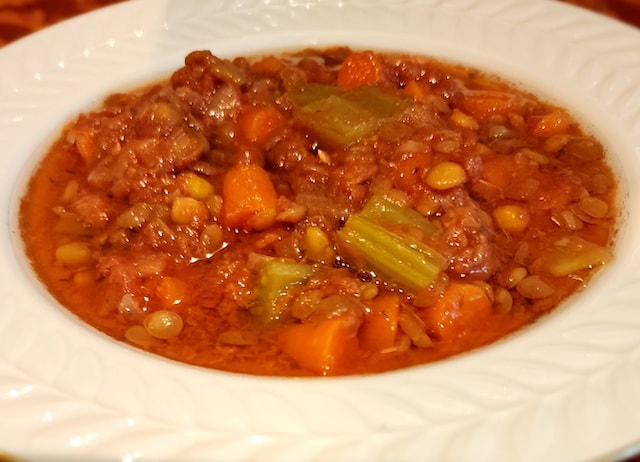
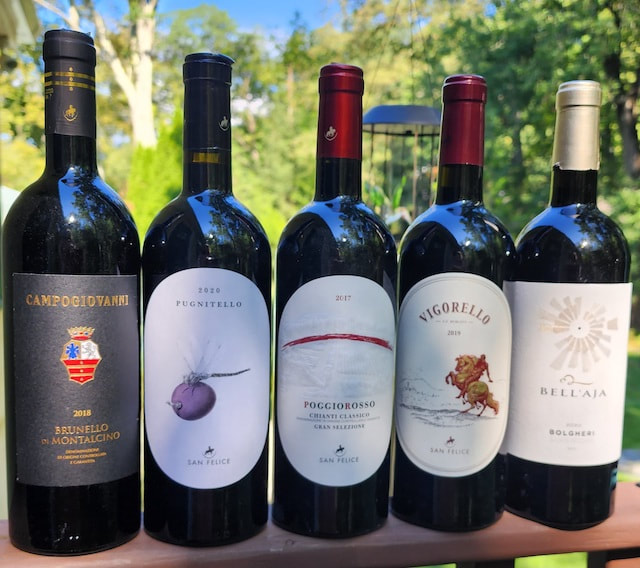

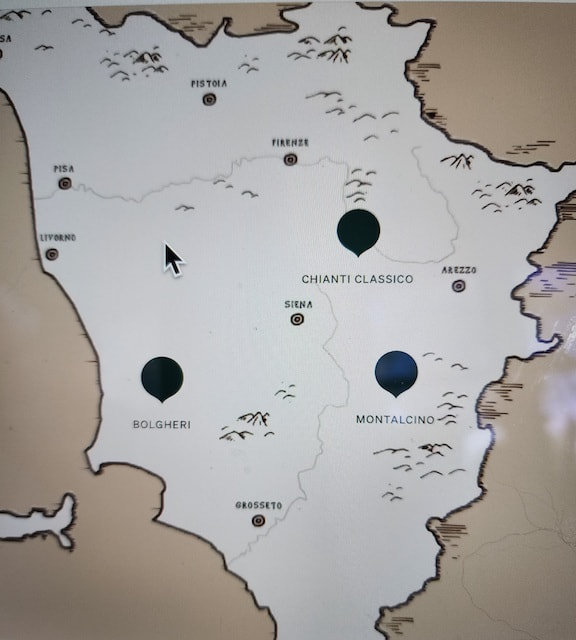
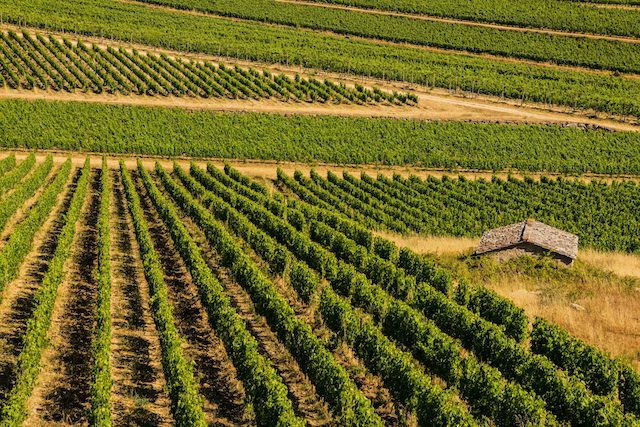
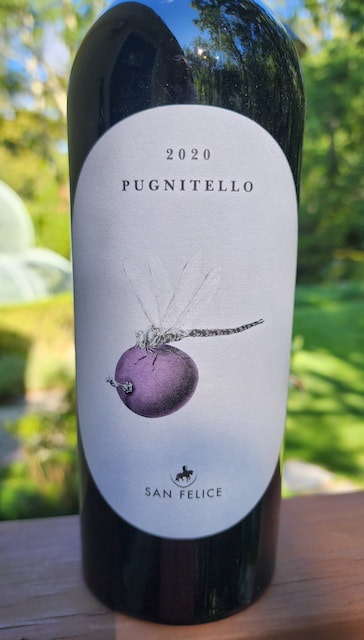
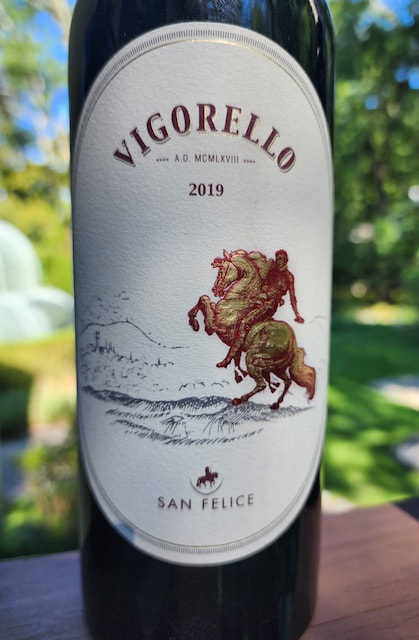
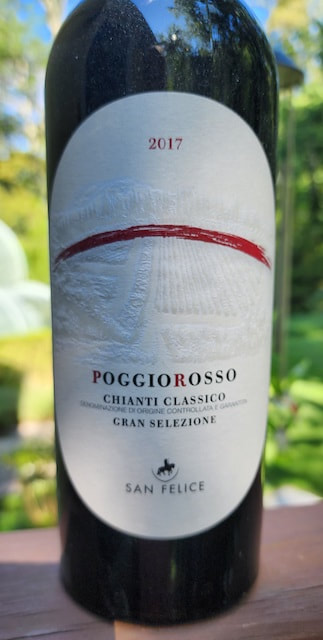

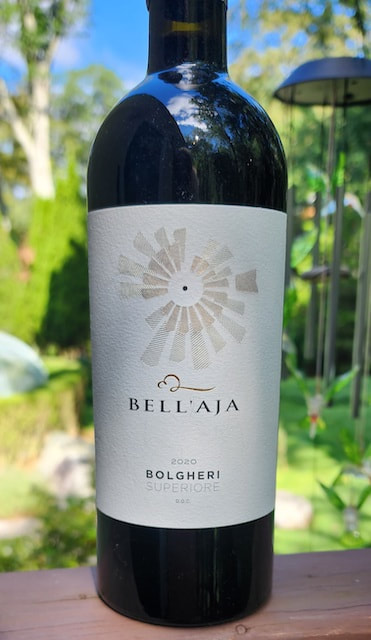
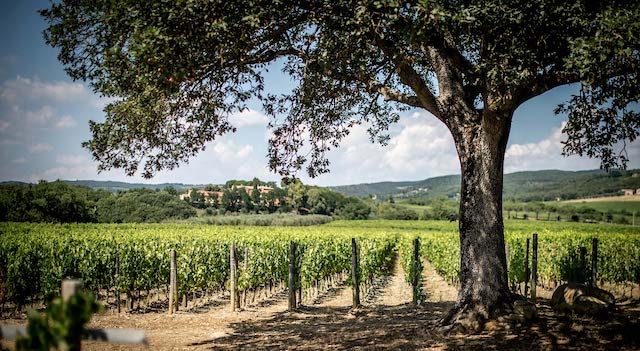
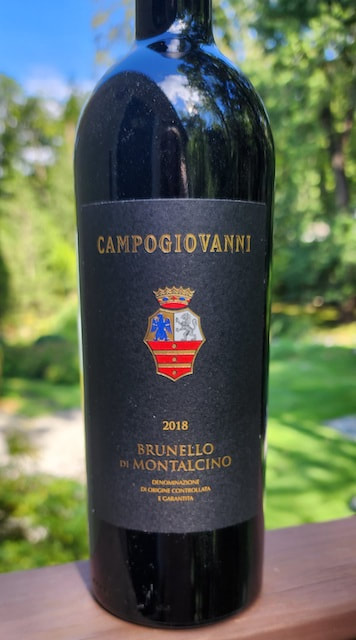
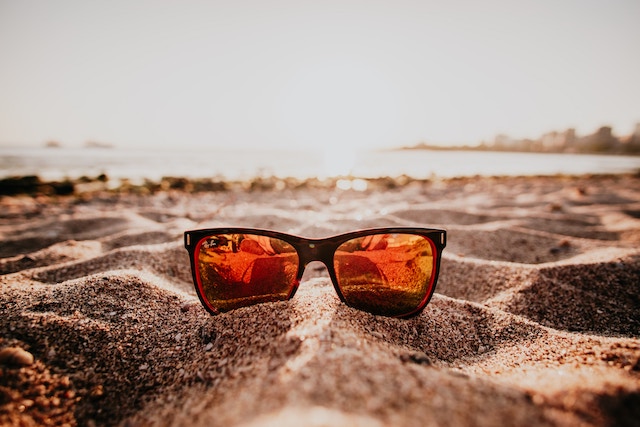
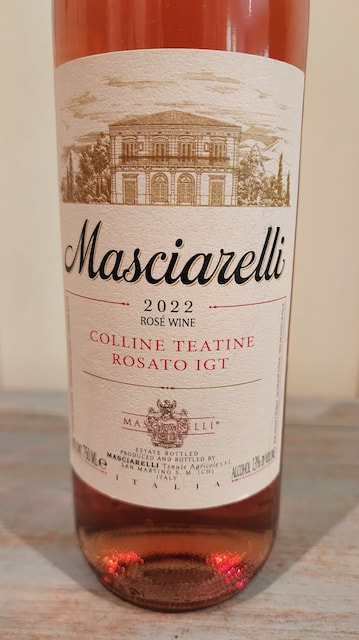

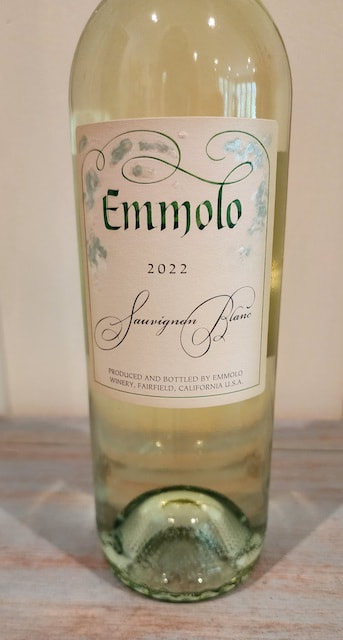
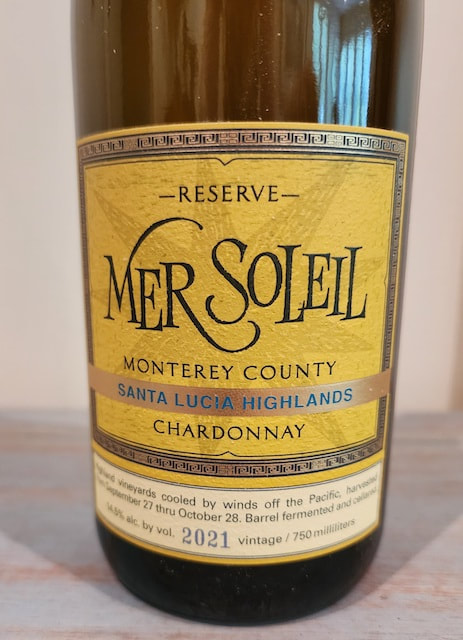
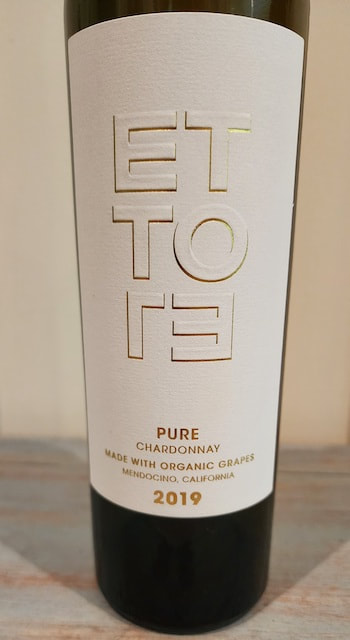
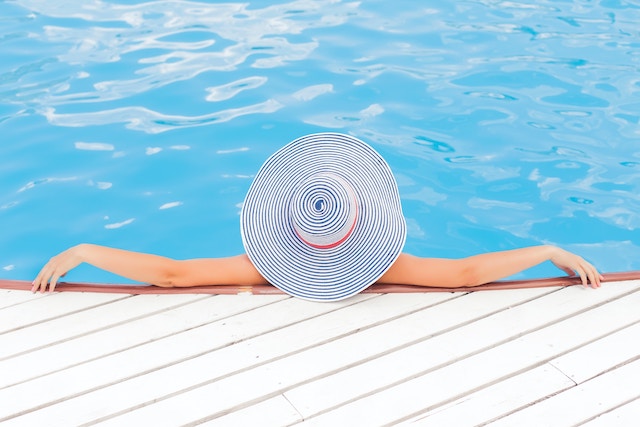
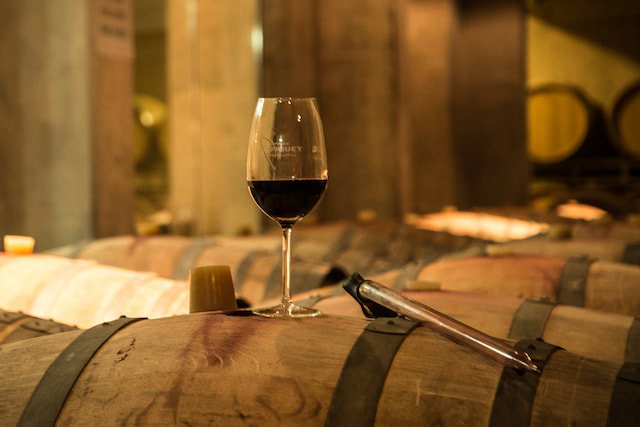

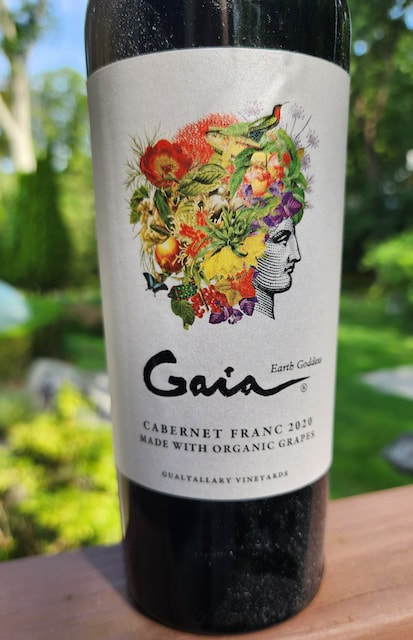
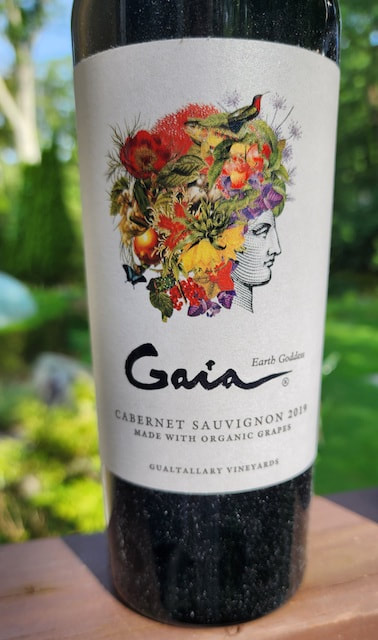
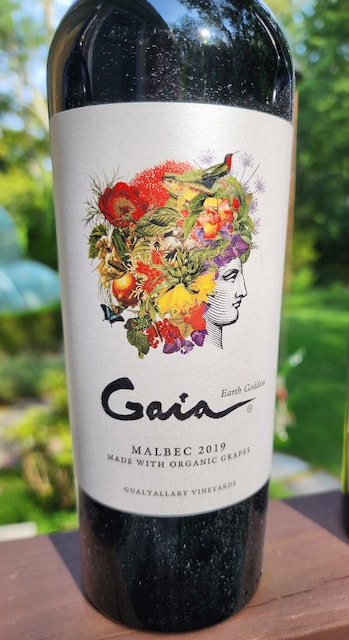
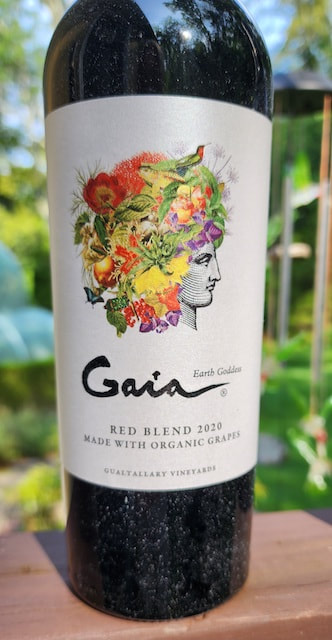
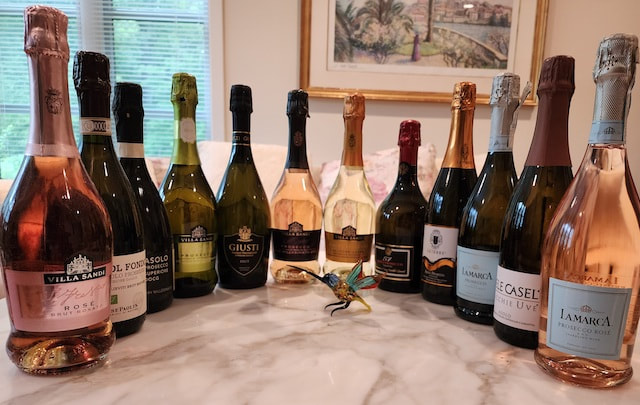
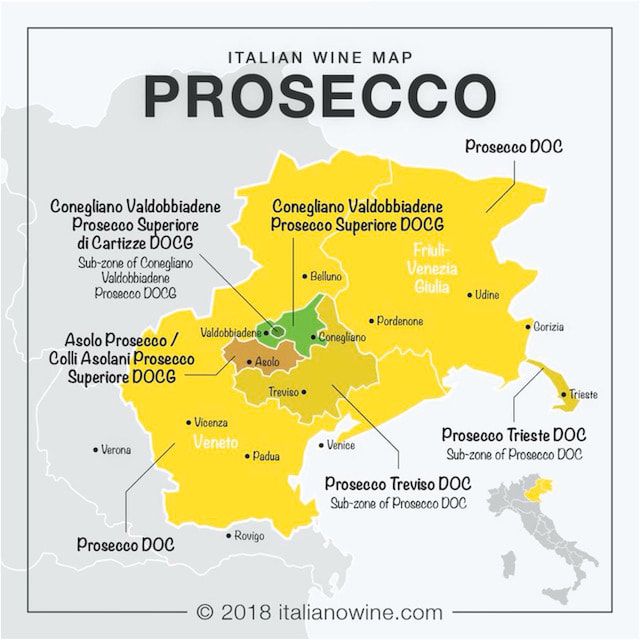
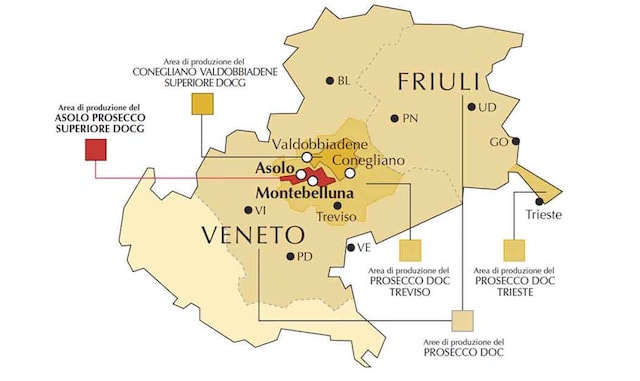
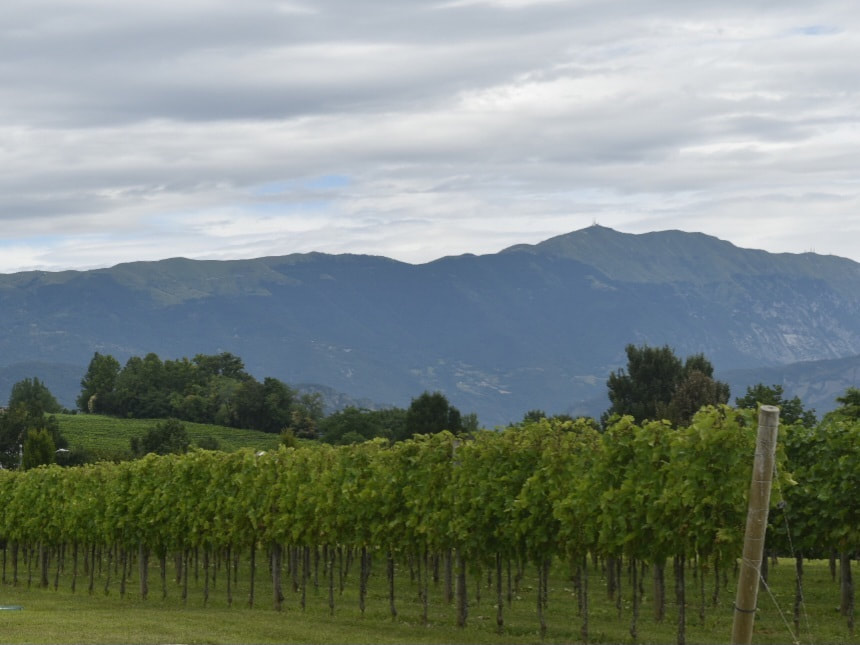
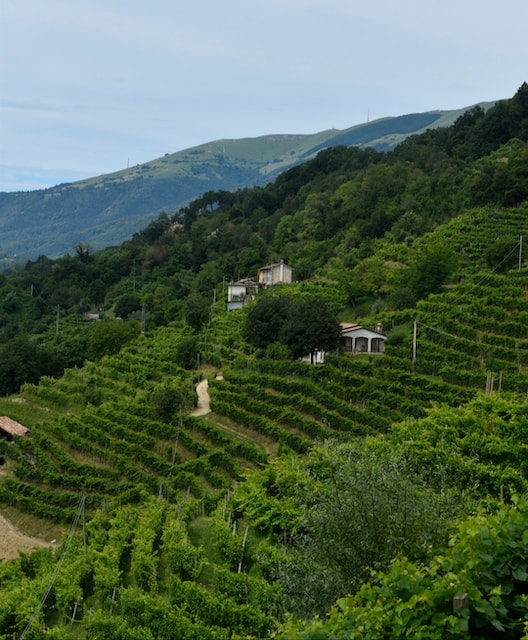
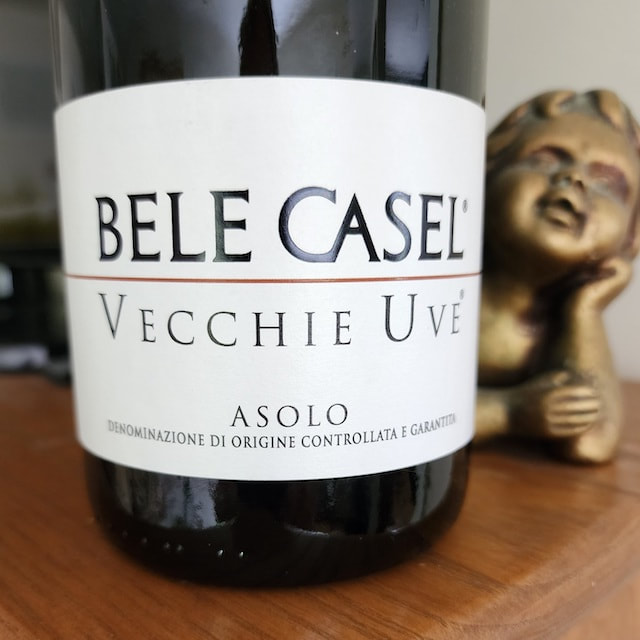
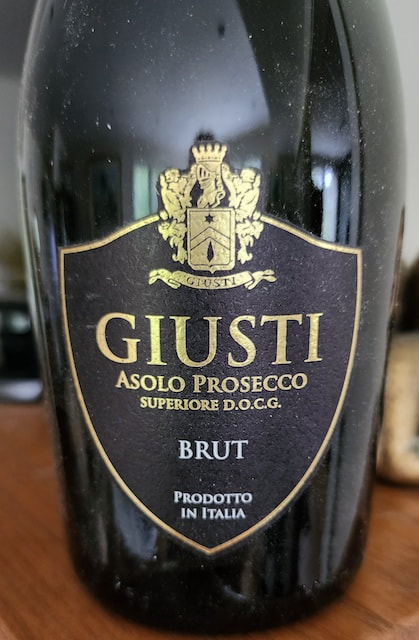
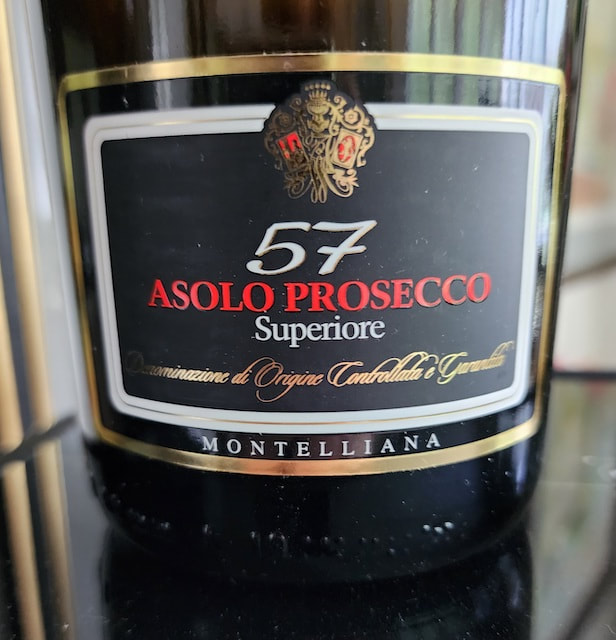
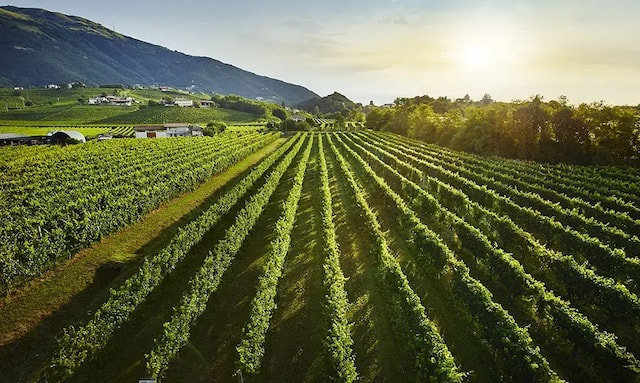
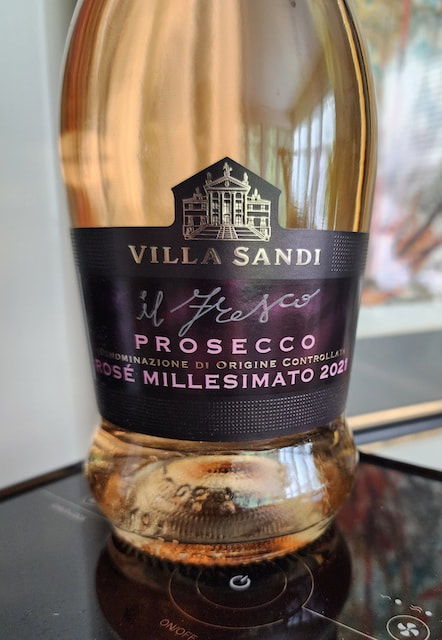
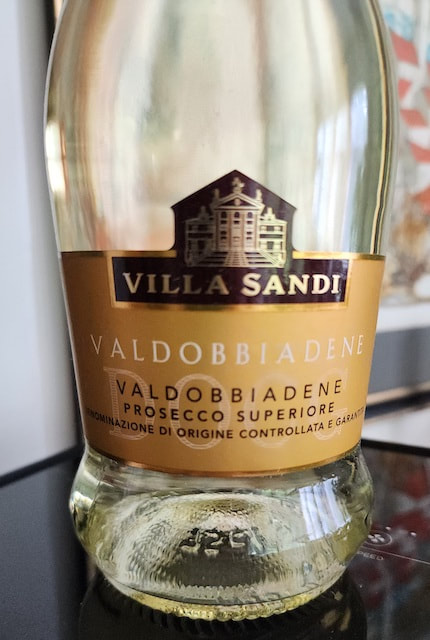
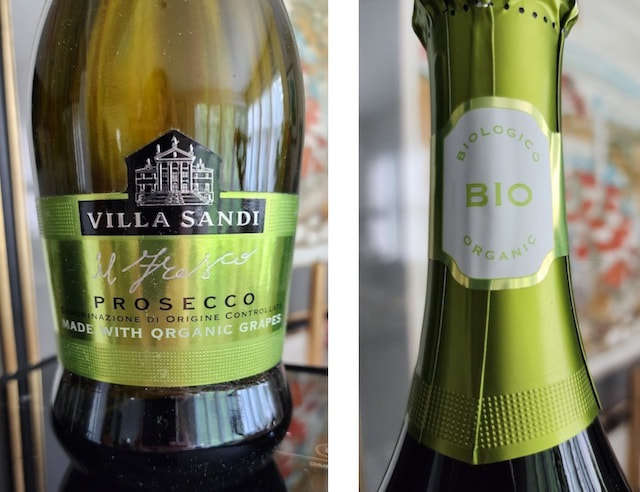
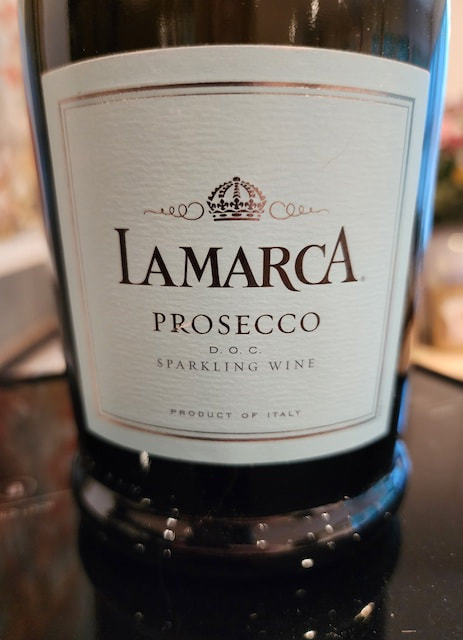
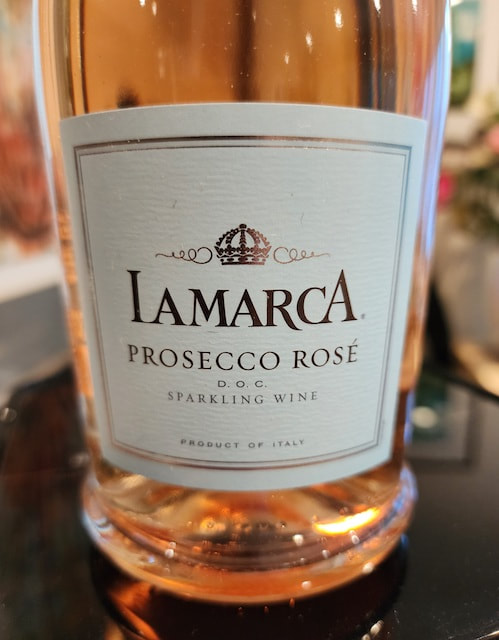
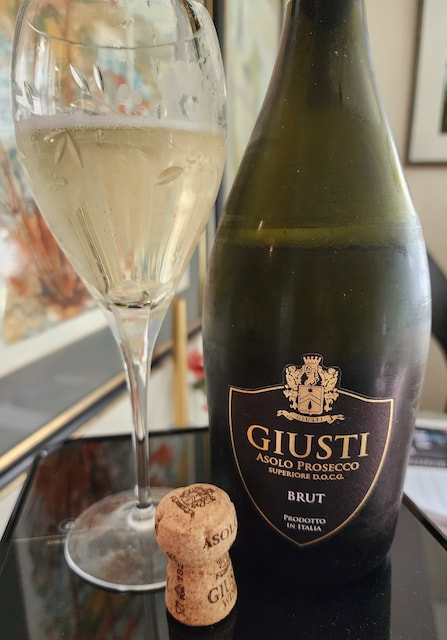
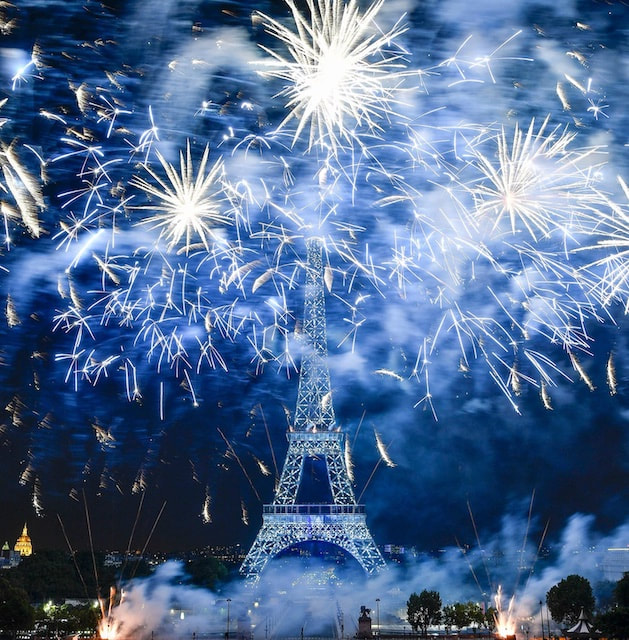
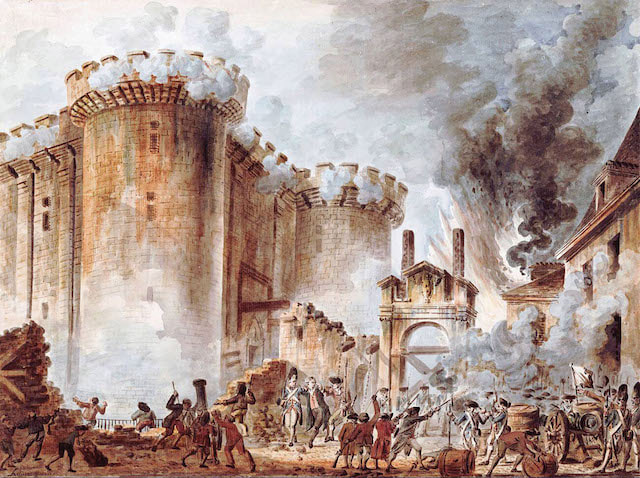

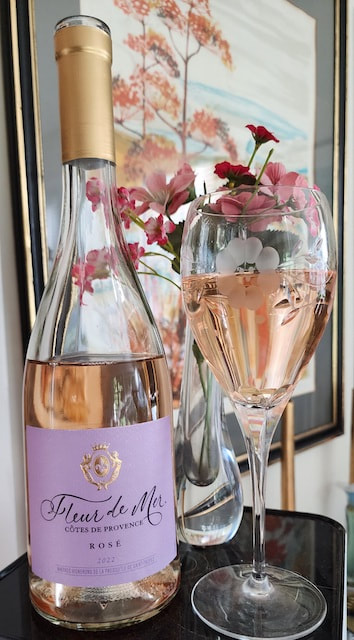
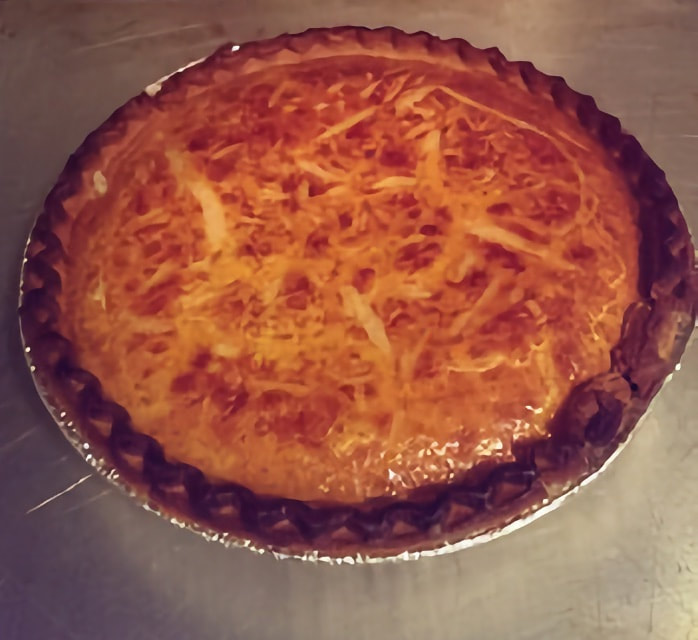
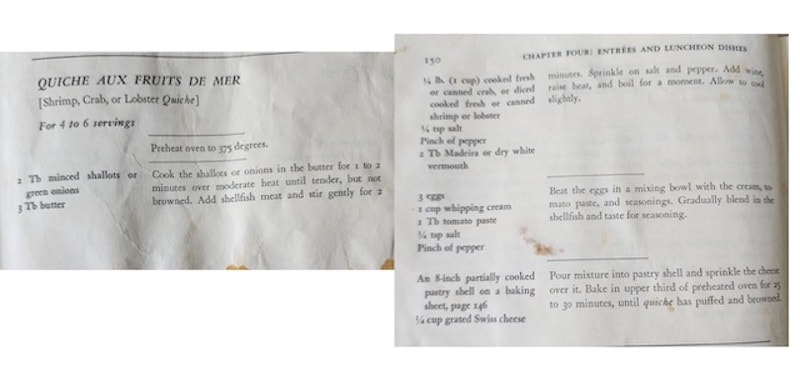
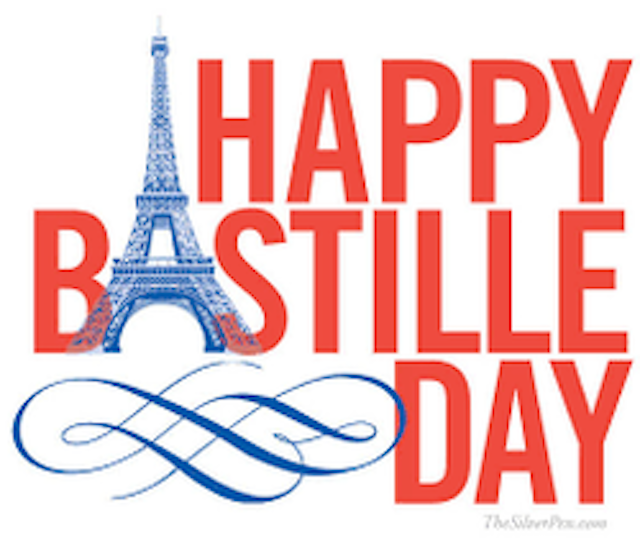
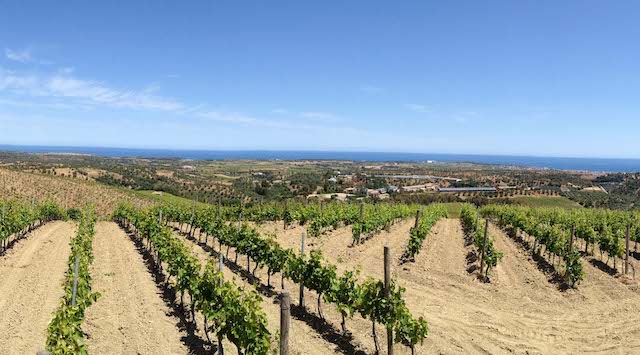

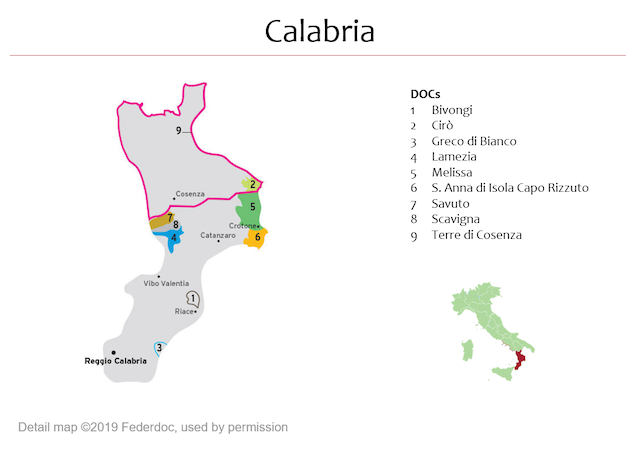
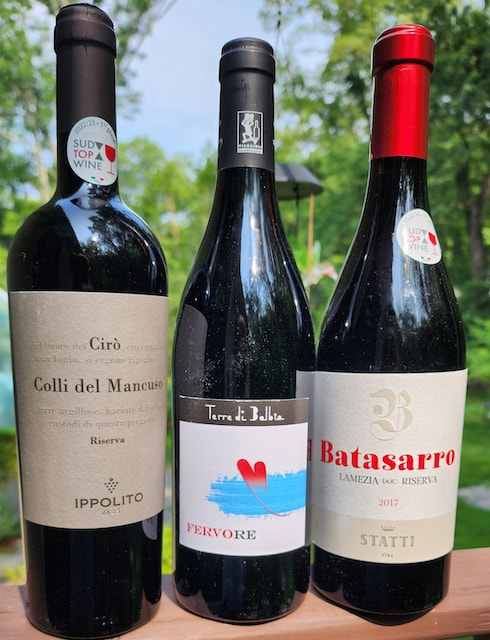
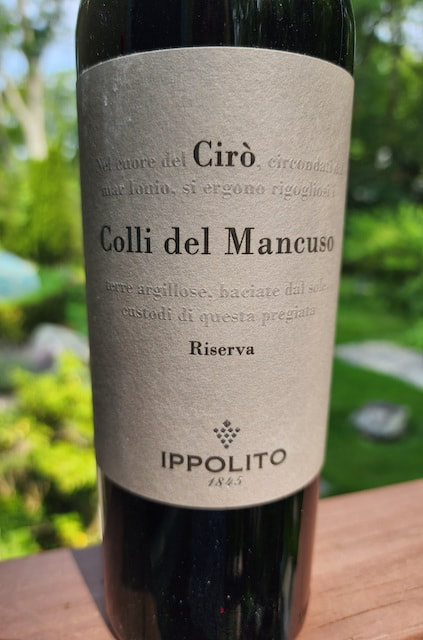
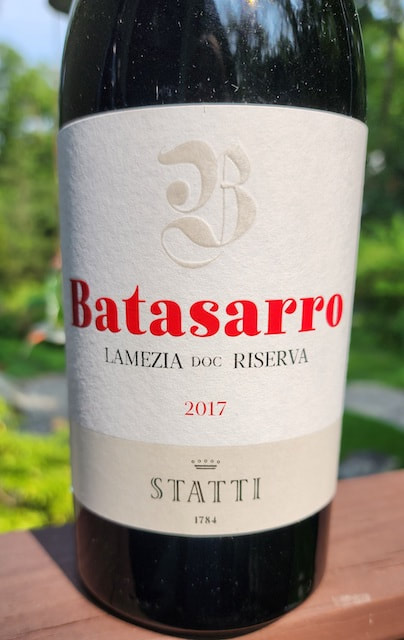
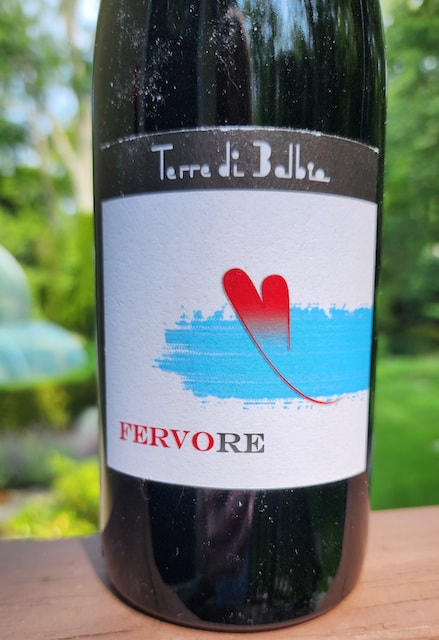
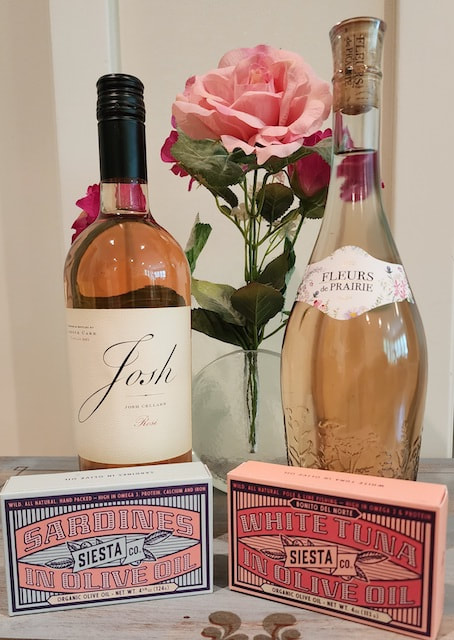
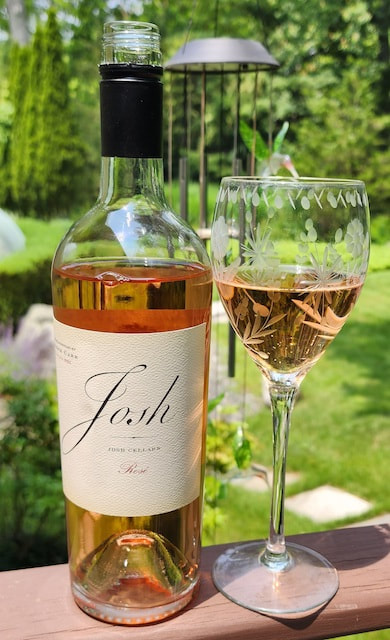
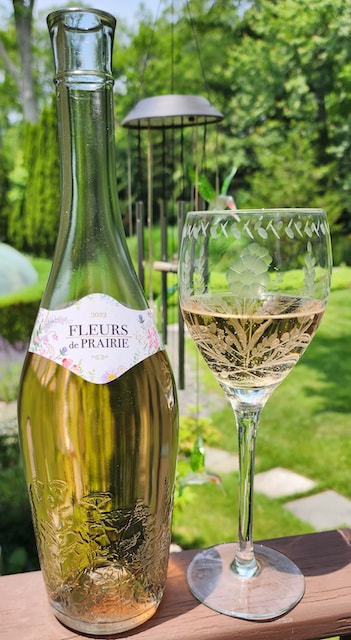
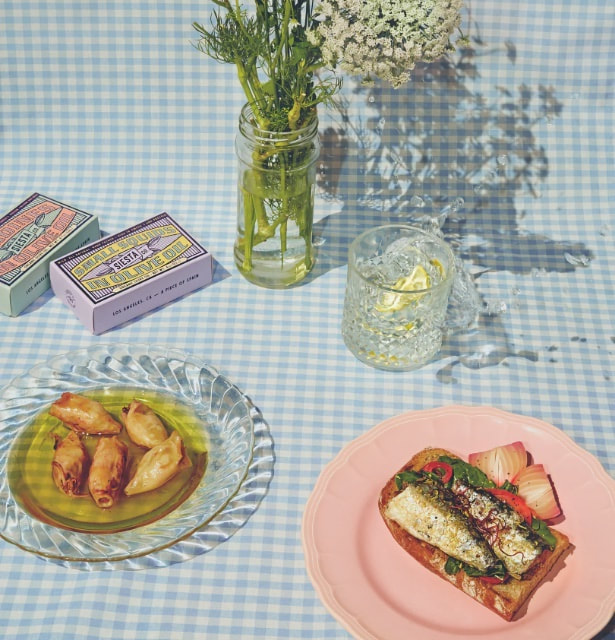
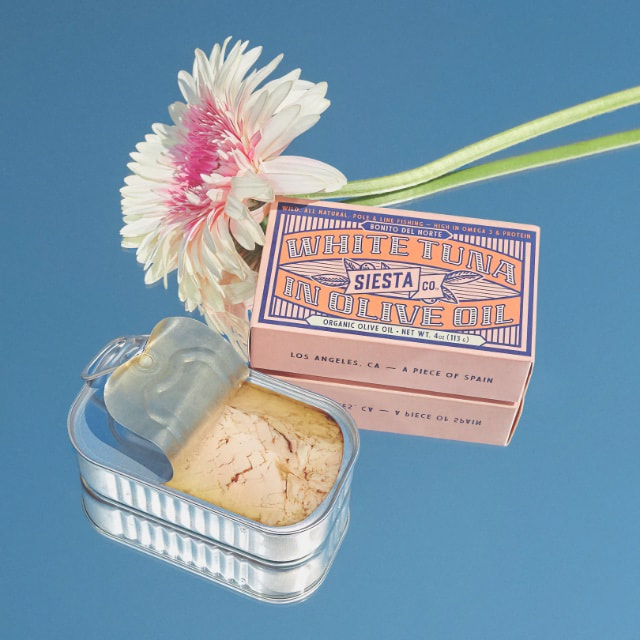
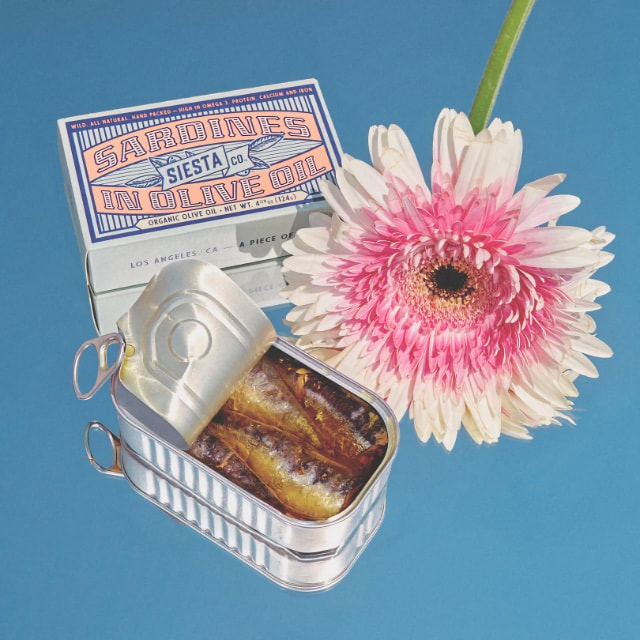
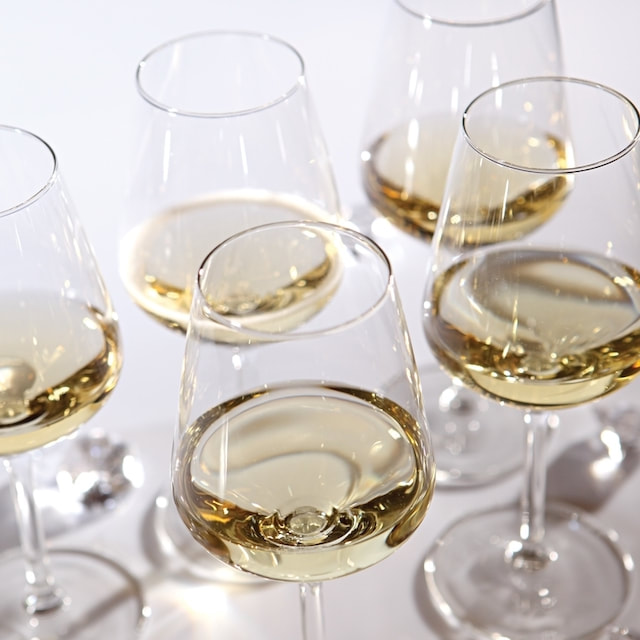
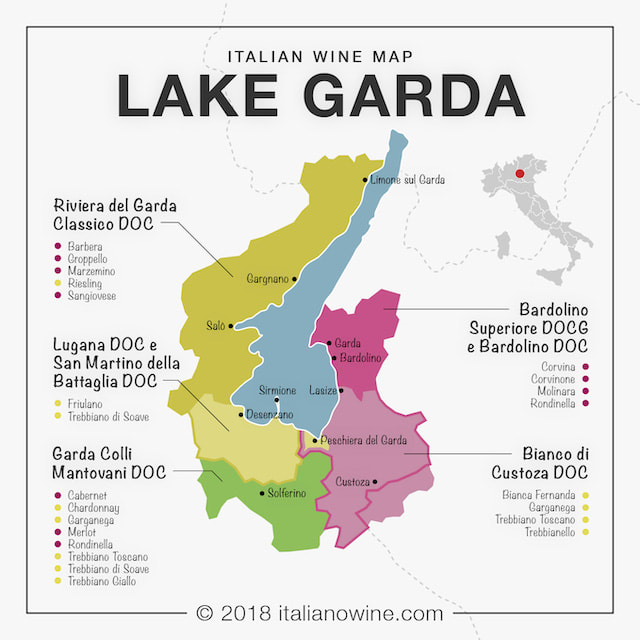
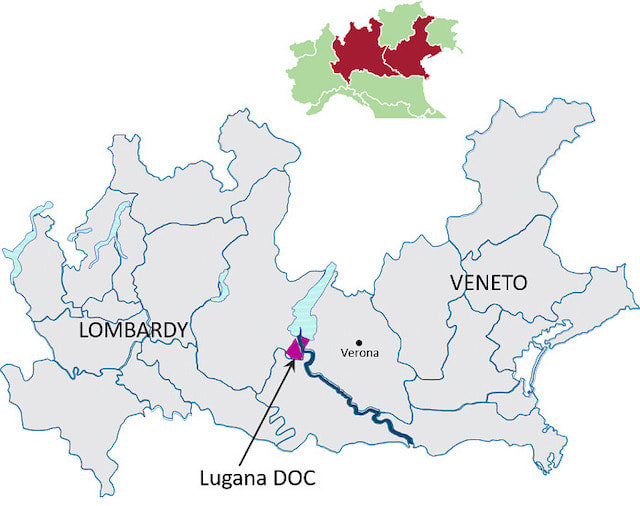
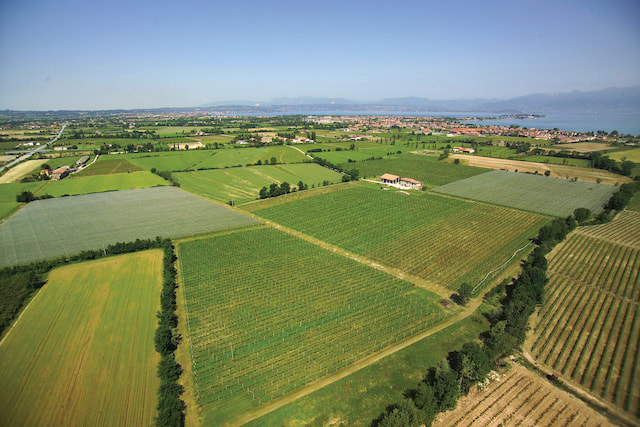
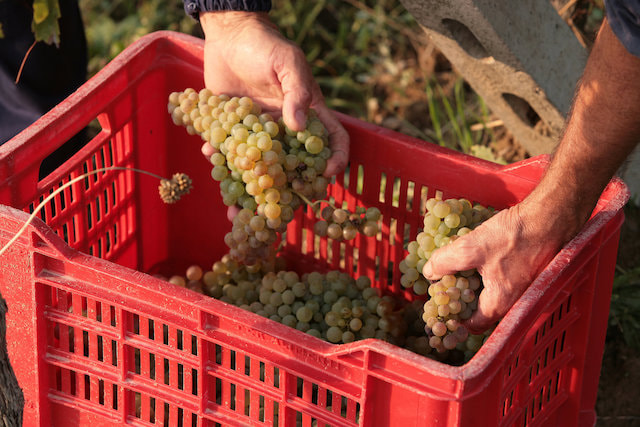
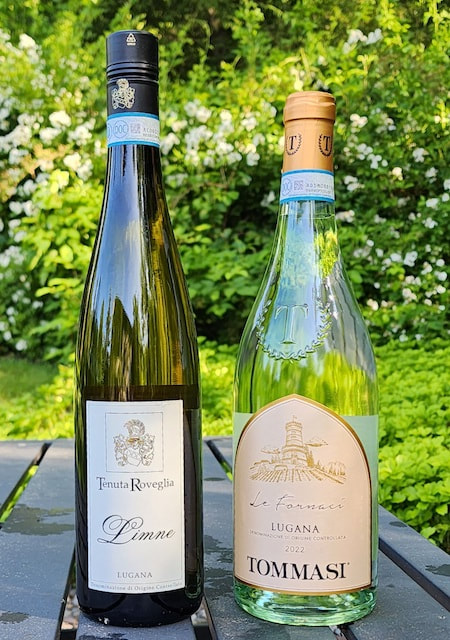
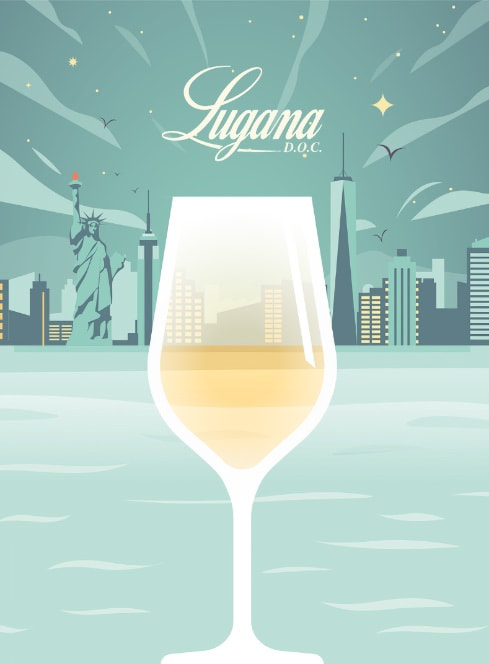
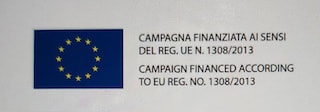
 RSS Feed
RSS Feed